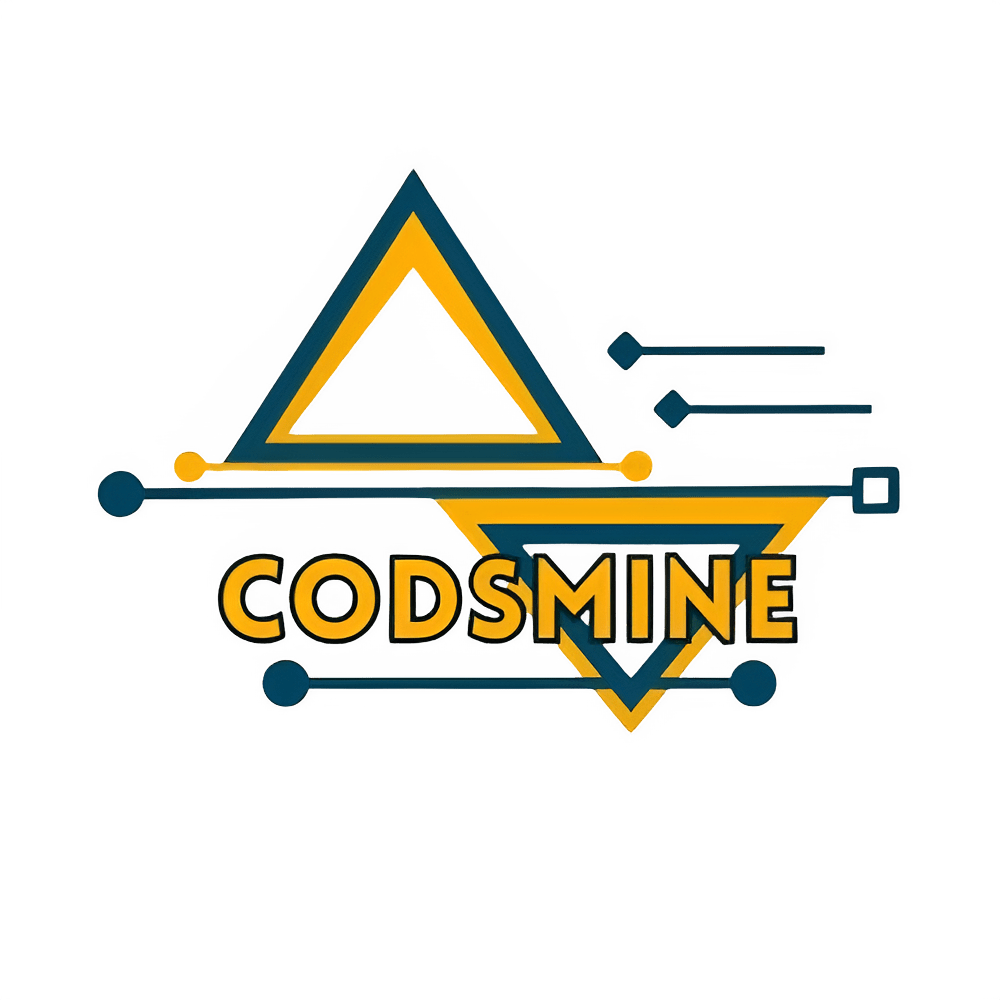Introduction
Pay-Per-Click (PPC) advertising is one of the most productive ways to drive targeted traffic to your website and achieve quick results. If you’re new to PPC or looking to purify your approach, you’ve come to the right place. In this comprehensive manual, we’ll walk you through the essential steps to get started with PPC, including setting up your campaigns, optimising your ads, and maximising your return on investment (ROI).
What is PPC?
Pay-Per-Click (PPC) is an online advertising approach where advertisers pay a fee each time their ad is clicked. This model enables businesses to purchase visits to their site instead of earning them organically through search engine optimization (SEO). Platforms such as Google Ads, Bing Ads, and social media networks offer PPC services, making it a versatile tool for reaching potential customers.
Why PPC is Important
1. Immediat Results: Unlike SEO, which may require time to show results, PPC can immediately drive traffic to your website.
2. Targeted Advertising: PPC allows you to target specific keywords, demographics, locations, and interests for effective results.
3. Measurable ROI: PPC platforms provide detailed analytics that help you measure the effectiveness of your campaigns and adjust your strategies accordingly.
4. Budget Control: You have complete control over your PPC budget, enabling you to set a daily or monthly limit to ensure you don’t exceed your spending limits.
Getting Started with PPC: A Step-by-Step Guide
1. Define Your Goals
Before diving into PPC, it’s important to define what you want to achieve. Common PPC
goals include:
● Increase website traffic
● Increase online sales
● Generating leads
● Promoting brand awareness
Clear goals will guide your PPC campaign strategy and help you measure success.
2. Choose the Right PPC Platform
Different platforms offer various functionalities and audience targeting options. Here are
some well-known PPC platforms:
● Google Ads: The largest PPC platform and ideal for reaching a broad audience
through search and display ads.
● Facebook Ads: Great for highly targeted social media advertising based on user
interests and behaviour.
● LinkedIn Ads: Perfect for B2B marketing and building professional networking.
● Bing Ads: Offers a similar interface to Google Ads but on the Bing search engine.
3. Conduct Keyword Research
Keyword research is a foundational element of PPC. It refers to identifying the terms and phrases your target audience uses when searching for products or services in search engines, like yours. Use the best tools like Google Keyword Planner, SEMrush, or Ahrefs to find relevant keywords.
Tips for Effective Keyword Research:
● Use Long-Tail Keywords: These are longer and more specific phrases that often have
lower competition and higher conversion rates.
● Analyse Competitors: Look at what keywords your competitors are targeting.
● Consider Search Intent: Focus on keywords that align with the intent of your
potential customers, whether it’s informational, navigational, or transactional.

4. Create Compelling Ad Copy
Your advertisement content must capture interest and convince visitors to take action. Adhere
to these top tips.:
● Craft a Strong Headline: Make it relevant to the keyword and enticing enough to
encourage clicks.
● Write Clear and Concise Descriptions: Highlight the benefits and unique selling
points like “special offer”, “50% discount” of your product or service.
● Include a Call-to-Action (CTA): Encourage users to take the desired action, such as
“Order now,” “Get a Quote,” ”Shop Now” or “Learn More.”
5. Set Your Budget and Bids
Determine the amount you’re willing to spend on your PPC campaigns. There are two
primary types of bidding strategies:
● Manual Bidding: You set the maximum amount you’re willing to pay per click. This
gives you control but requires more management.
● Automated Bidding: The platform automatically adjusts your bids based on your
campaign objectives and performance.
Set a daily or monthly budget to manage your spending and ensure you don’t exceed your
limits.
6. Design Effective Landing Pages
A well-designed landing page is essential for converting PPC traffic into leads or sales. Your
landing page should have the following characteristics:
● Aligns with Ad Copy: The message and offer should match what users expect from
your ad.
● Has a Clear CTA: Make it easy for audiences to take the next step.
● Is Mobile-Friendly: Optimise for mobile devices, as the majority of users will be
clicking on your ads from smartphones.
7. Monitor and Optimise Your Campaigns
It’s important to monitor the performance of your live PPC campaigns and make data-driven
adjustments. Use analytics tools provided by the PPC platforms to track key metrics, such as:
● Click-Through Rate (CTR): The percentage of people who click on your ad after
seeing it.
● Conversion Rate: The percentage of clicks that result in a desired action (e.g.,
purchase, form submission).
● Cost Per Click (CPC): The average amount you pay for each click on your ad.
● Return on Ad Spend (ROAS): The revenue generated for every dollar spent on
advertising.
Based on the data, make adjustments to your keywords, ad copy, bids, and targeting to
improve performance.
8. Test and Refine Your Strategies
A/B testing is crucial for optimizing your PPC campaigns. Test different versions of your ads, landing pages, and targeting options to determine the most effective strategies. Continuously refine your strategies based on the results to maximize your ROI.
Conclusion
Getting started with PPC advertising can seem overwhelming, but by following these steps, you can create effective campaigns that drive targeted traffic and achieve your business goals. Define your objectives, choose the right platform, conduct thorough keyword research, create compelling ad copy, and continually monitor and optimize your campaigns for the best
results

